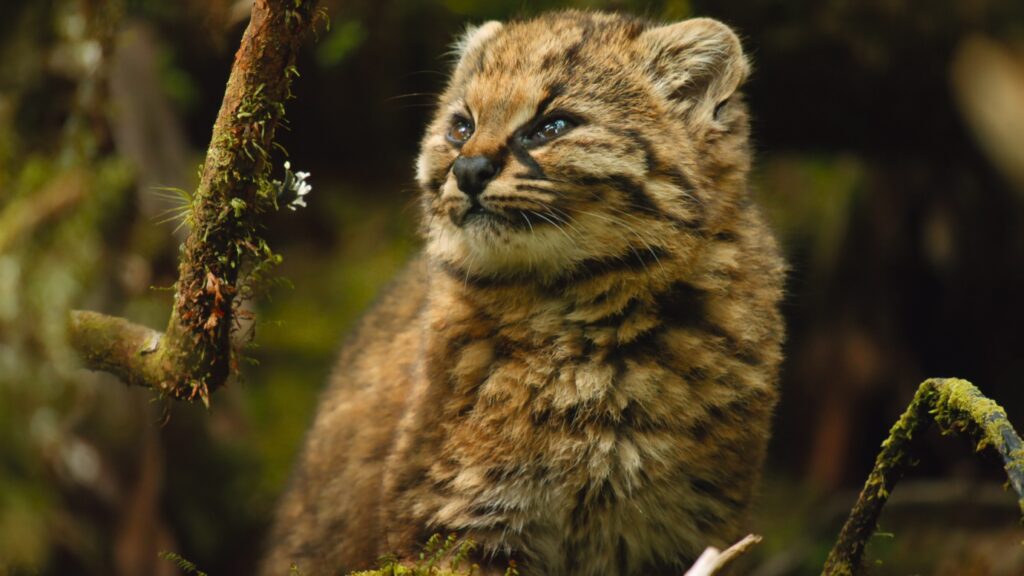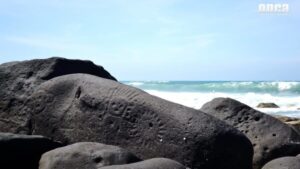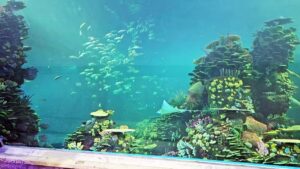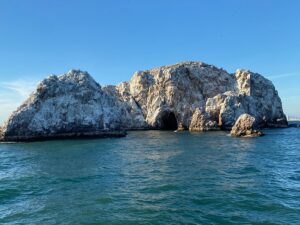Wildlife Spotting in Patagonia National Park, Chile
Nestled in the southern reaches of Chile, Patagonia National Park is a haven for nature enthusiasts and wildlife lovers. This expansive park, with its breathtaking landscapes and diverse ecosystems, offers a unique opportunity to witness some of the most remarkable wildlife in their natural habitat. Whether you’re an avid birdwatcher, a photographer, or simply someone who appreciates the beauty of nature, Patagonia National Park promises an unforgettable experience.
What to See
Patagonia National Park is home to a wide array of wildlife, making it a prime destination for spotting some of the most iconic species of South America. One of the park’s most famous residents is the elusive puma, which roams the vast grasslands and rugged mountains. While sightings are rare, the thrill of potentially spotting one of these majestic creatures is a highlight for many visitors.
Birdwatchers will be delighted by the park’s avian diversity. Keep an eye out for the Andean condor, one of the world’s largest flying birds, soaring gracefully above the cliffs. The park is also home to the Chilean flamingo, the Magellanic woodpecker, and a variety of other bird species that add vibrant splashes of color to the landscape.
In addition to its wildlife, the park’s landscapes are a sight to behold. From the snow-capped peaks of the Andes to the serene lakes and sprawling grasslands, the natural beauty of Patagonia National Park is truly awe-inspiring.
A Bit of History and Interesting Facts
Patagonia National Park is a relatively new addition to Chile’s network of protected areas. It was officially established in 2018, following a significant conservation effort led by the Tompkins Conservation organization. The park was created by merging several existing reserves and private lands, with the goal of preserving the region’s unique ecosystems and biodiversity.
An interesting fact about the park is its role in the rewilding movement. Efforts have been made to restore native species and habitats, including the reintroduction of the guanaco, a wild relative of the llama, which now thrives in the park. This commitment to conservation has made Patagonia National Park a model for sustainable tourism and wildlife preservation.
How to Get There and Tips for First-Time Visitors
Reaching Patagonia National Park requires a bit of planning, but the journey is well worth it. The nearest major city is Coyhaique, which is accessible by flights from Santiago. From Coyhaique, you can rent a car or take a bus to the park, which is approximately a five-hour drive away. The scenic drive offers stunning views of the Patagonian landscape, so be sure to have your camera ready.
For first-time visitors, it’s important to come prepared for the park’s remote and rugged environment. Pack layers of clothing to accommodate the unpredictable weather, and bring sturdy hiking boots for exploring the trails. The park has limited facilities, so it’s advisable to bring your own food and water, especially if you plan to spend a full day exploring.
Guided tours are available for those who want to enhance their wildlife spotting experience. Local guides have an intimate knowledge of the park and can increase your chances of seeing some of its more elusive inhabitants. Whether you choose to explore on your own or with a guide, remember to respect the park’s rules and regulations to help preserve its natural beauty for future generations.








